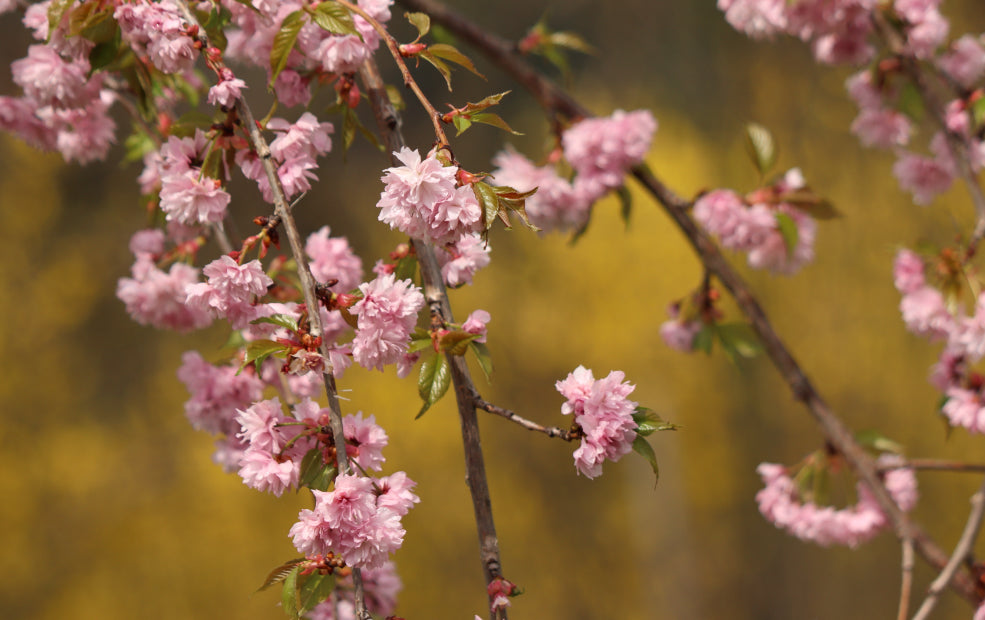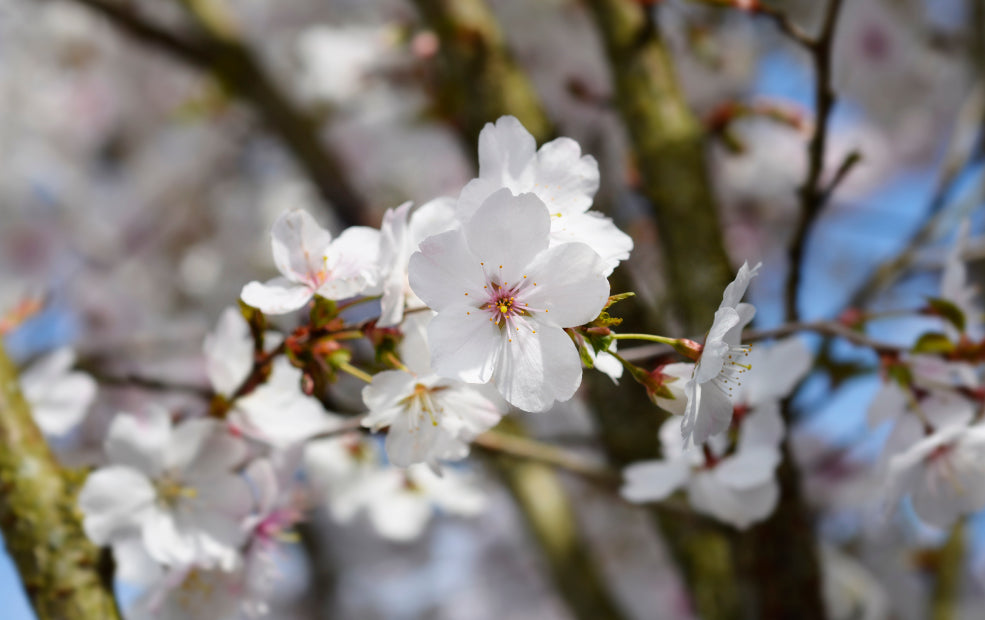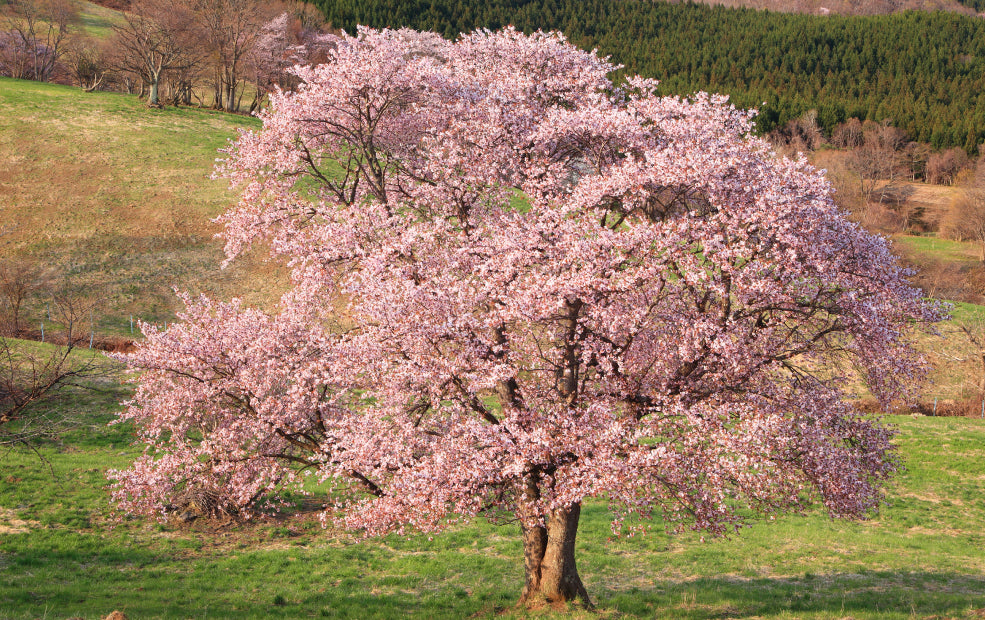Flowering Cherries: A Spring Spectacle of Blossom and Beauty.
Flowering Cherry Trees are synonymous with spring, transforming gardens with their clouds of delicate pink or white blossoms. These trees bring a sense of magic to any space, their petals falling like confetti as the season progresses. Whether planted as a standalone feature or grouped to create an avenue of colour, Flowering Cherry Trees offer a breathtaking display that captures the essence of renewal and growth. Their elegant branches and ornamental charm make them a favourite for gardeners who value seasonal beauty.

































